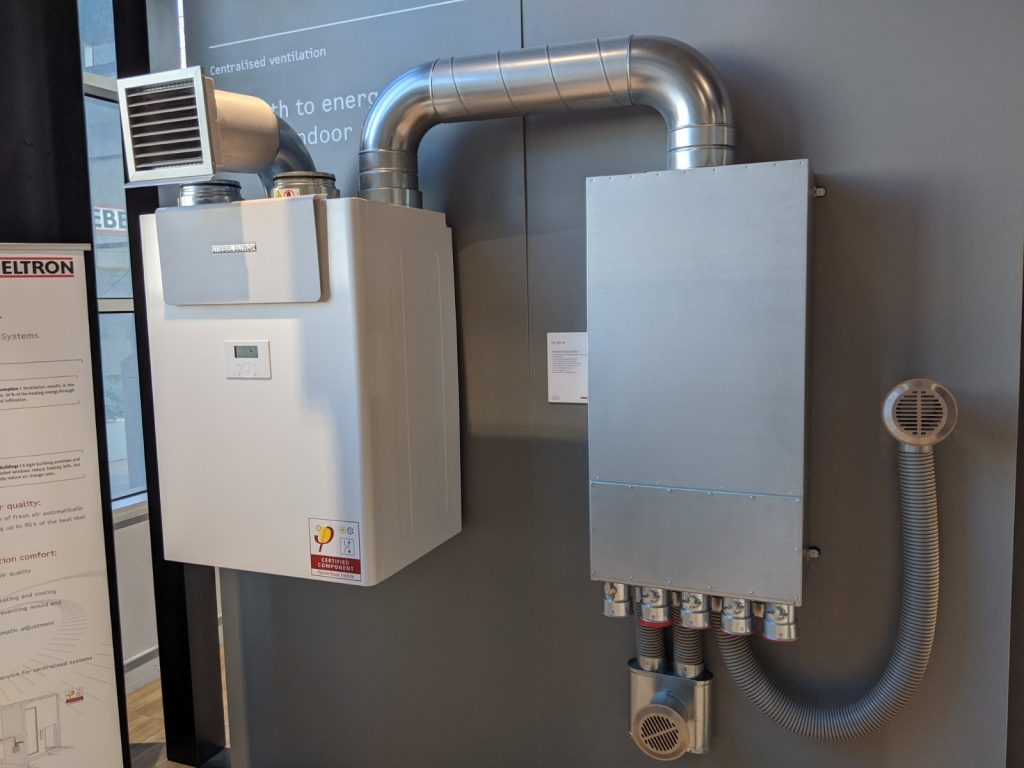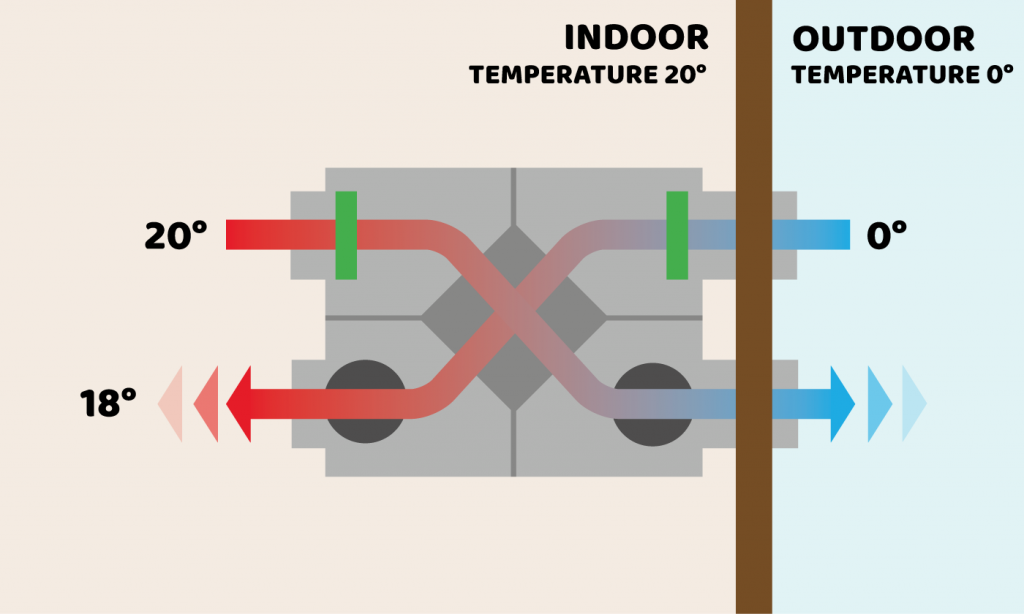How to Save Money with HRV in Variable Seasons
Wiki Article
Discovering the Perks of Heat Recovery Ventilation for Power Effectiveness in Residences
Heat Recovery Ventilation (HRV) systems supply homeowners a functional approach to improving energy efficiency. By redeeming heat from outbound air, these systems can substantially lower home heating and cooling costs. In addition, they give a consistent supply of fresh air, enhancing interior air top quality and comfort levels. As property owners consider lasting choices, understanding the subtleties of HRV systems ends up being increasingly crucial. What aspects should one assess prior to making such an investment?Recognizing Heat Recovery Ventilation Systems

Just How HRV Improves Indoor Air Top Quality

Power Cost Savings: The Monetary Benefits of HRV
Taking full advantage of energy effectiveness, her response heat recovery ventilation (HRV) systems supply considerable monetary advantages for property owners. By recuperating and reusing warmth from exhaust air, HRVs markedly reduce cooling and heating prices. This innovation can lead to energy savings of as much as 30%, depending upon climate and usage patterns. House owners frequently notice decreased energy expenses soon after installment, making HRVs a monetarily wise financial investment in time. In addition, many areas give rewards or refunds for energy-efficient upgrades, better improving the financial charm. As power prices remain to increase, the cost-effectiveness of HRVs ends up being increasingly clear. On the whole, the consolidation of HRV systems not only promotes energy efficiency however also contributes to long-lasting economic savings for homes.The Ecological Impact of Heat Recovery Ventilation
A considerable ecological advantage of heat recovery ventilation (HRV) systems hinges on their ability to lower total energy usage. By recovering warm from exhaust air and moving it to incoming fresh air, HRV systems lessen the need for energy-intensive heating and cooling techniques. This decrease in power demand contributes to lower greenhouse gas discharges, as much less fossil fuel is required to maintain comfy indoor temperature levels. In addition, HRV systems improve indoor air top quality by effectively trading stale air with fresh exterior air, minimizing reliance on mechanical air conditioning systems that can harm the setting. In general, the application of HRV systems sustains lasting living methods and aligns with global efforts to combat environment modification by advertising energy performance in domestic settings.
Picking the Right HRV System for Your Home
How can homeowners guarantee they choose the ideal heat recovery ventilation (HRV) system for their demands? They need to assess their home's dimension and design, as these factors affect air flow requirements. Next, reviewing the system's effectiveness ratings is essential, as higher scores show much better performance and power financial savings. Property owners should also take into consideration installment and maintenance prices, contrasting different brand names and models for value. Additionally, it is essential to evaluate sound degrees, as some systems operate even more silently than others. Consulting with a/c professionals can give tailored recommendations based upon certain home conditions. Taking a look at individual reviews and service warranties can aid in making a notified choice, ensuring that the picked HRV system efficiently boosts interior air quality and power performance.Frequently Asked Inquiries

Exactly how Typically Should I Tidy or Maintain My HRV System?
The frequency of cleaning or maintaining a warm recovery air flow (HRV) system usually depends on use and ecological news factors. Usually, it is recommended to execute maintenance every 6 months to ensure peak performance and air top quality.
Can HRV Systems Help In Reducing Moisture Degrees Inside Your Home?
HRV systems can efficiently minimize interior humidity levels by trading stagnant, damp air with fresh, drier air from outdoors. HRV Heat Recovery Ventilation. This process aids preserve a balanced interior environment, boosting convenience and protecting against moisture-related concerns
What Is the Life expectancy of a Common HRV System?
The lifespan of a typical heat recovery ventilation (HRV) system varies, generally lasting between 10 to 15 years. Normal upkeep can expand its performance and functional life, making sure peak efficiency throughout its use period.Exist Any Type Of Sound Interest In HRV Solutions?
Noise issues with HRV systems can arise, specifically from fan operation. Several modern devices are created to minimize sound levels, guaranteeing they run silently while maintaining efficiency, which attends to possible disturbances in living atmospheres.Can I Set Up an HRV System Myself, or Do I Need a Specialist?
The specific contemplated whether to install the heat recovery ventilation (HRV) system directly or work with a specialist. Normally, while do it yourself setup is More hints possible, know-how warranties correct capability and compliance with local building regulations, boosting system effectiveness.Report this wiki page